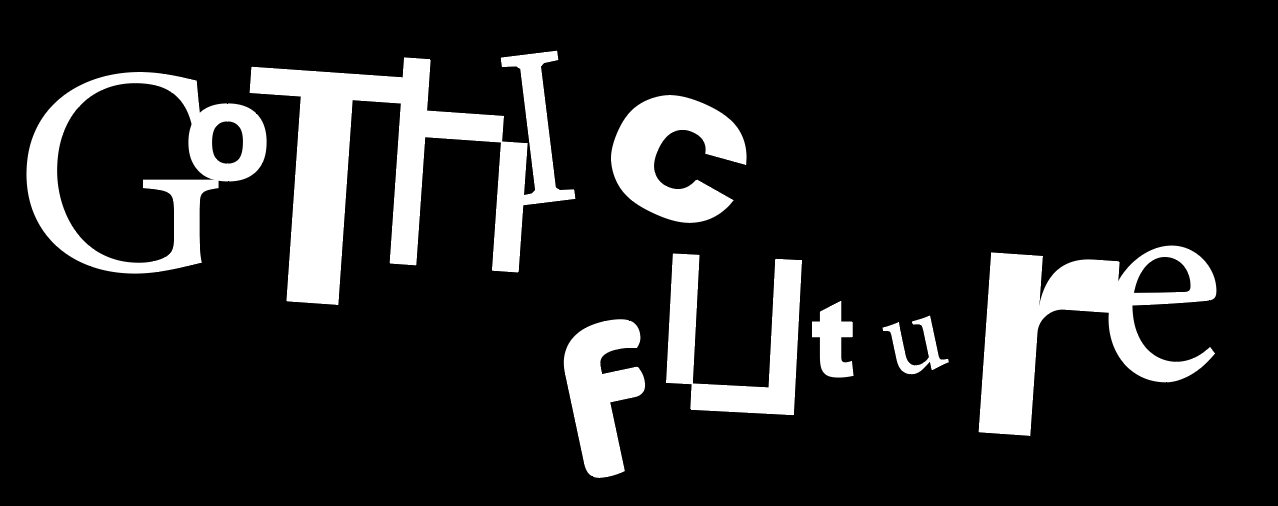Gothic Future
Locust Phenotypic Plasticity, Laura Fair-Schulz (2021)
THE FUTURE will be gothic or it will not come at all.
If there is a theme that pulls together the pieces that make up this, the second issue of Imago, this would have to be it. By now readers will know that we at the Locust Arts & Letters Collective love to play morbidly with paradoxical theoretical devices like “gothic futurism,” but it’s not just our own neuroses we’re giving free rein to here.
No. The future will be gothic or it will not come at all. As we have written before, the general futurelessness that hangs over all of us is not just in our mind. It is engendered in climate collapse, the rising far right predisposed to both organized and stochastic acts of mass violence, and now the returned threat of nuclear annihilation with the unending war in Ukraine. We wake up each morning looking for a sign that history will move forward, perhaps even with the promise of a rewarding existence for ourselves and those we love. And each morning, we are stymied.
This isn’t to say that we aren’t given any models of any potential future. They are undoubtedly present in our culture, in movies and television shows, in advertising, in the tech sector and in the narcissistic visions of the likes of Elon Musk. These are visions that sell us an existence based on our own annihilation, tickling our death drives and lizard-brained desire to watch others suffer. We laugh at the idea of others gasping for breath as their oxygen runs out, ever louder so that we don’t have to face the possibility that it might be us.
Cleaving tenaciously as we do to the ideals of liberation and revolutionary communism, it is likely surprising to nobody that we believe this too is a possible future, no matter how faint that possibility may seem now. Whence this future, however, and from whom? What form, in the present conjuncture, will a radical democratic and egalitarian vision – with the working and oppressed at its center – take?
The future will be gothic or it will not come at all. What is the gothic at this moment in time? More to the point, who are the gothic in at this moment in time? The gothic are the forgotten, the repressed, those hitherto denied a seat at the control panel of history. Needless to say, it is our belief that this gothic – or at least its most generous, loving, and solidaristic impulses – must be unleashed for a future worth living to become possible.
Quite by chance, this is what most of the essays and reviews and other miscellanea in this issue seem to be trying to flesh out. An examination of the “bourgeois digital ideology.” Analysis of the trajectory of that odd and persistent genre we’ve come to call “cyberpunk.” A probe of the politics of one of science-fiction’s most infamous short stories. The diary of an anonymous odd-ball worker. An irrealist manifesto. A search for a novel’s class politics. What always seems to be lurking in the background of these and other pieces that make up Imago’s second issue is the promise of that new and repressed proletarian subject: battered by the myriad pressures that have atomized and alienated it from others alike, angry and hopeful, filled with dreams that won’t die despite repeated attempts to kill them.
The future will be gothic or it will not come at all. It’s this subject – revolutionary, proletarian, egalitarian – that we cling to. We know it exists, at least in potential. Hopefully, in keeping its potential alive, we can play a role in making it real in the way it urgently needs to be.
The Locust Arts & Letters Collective is an association of radical, critical irrealist and socialist artists that publishes Locust Review and Imago, and helps organize a number of other projects including the Locust Radio podcast.

